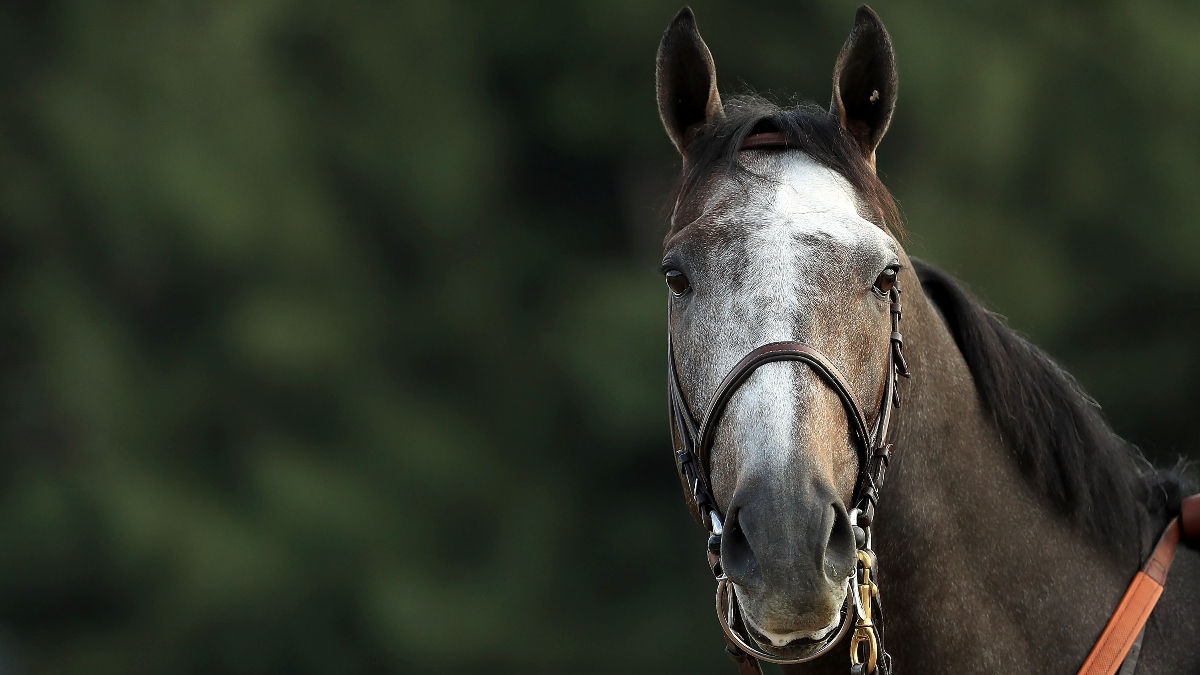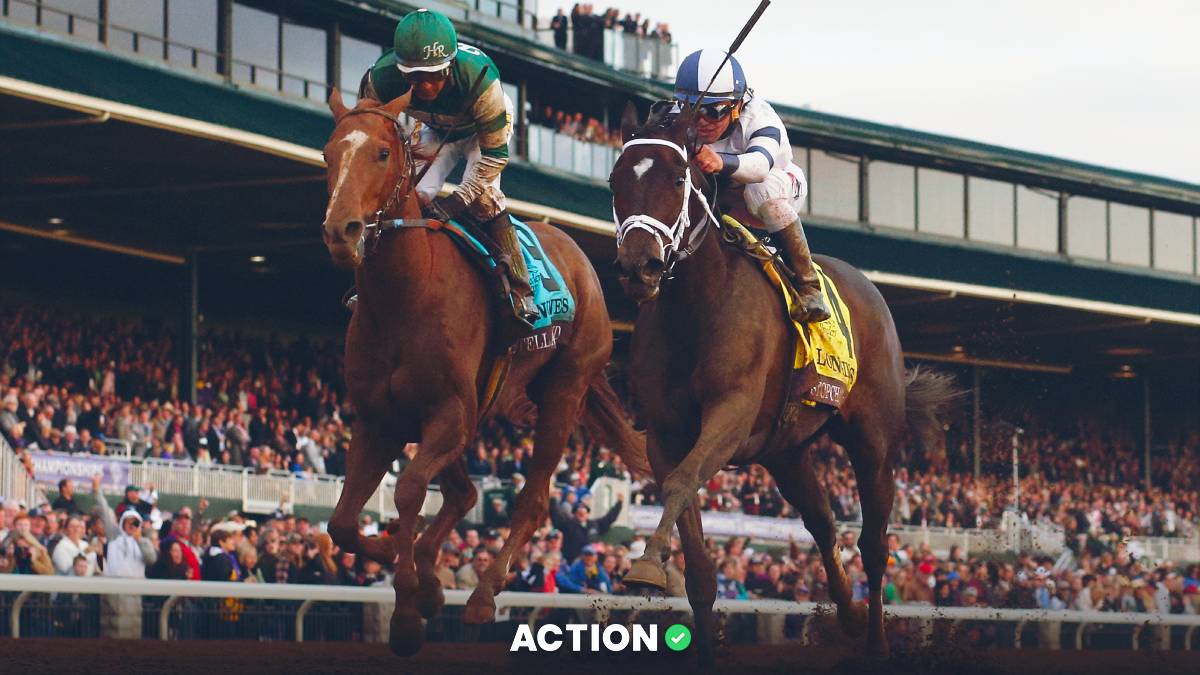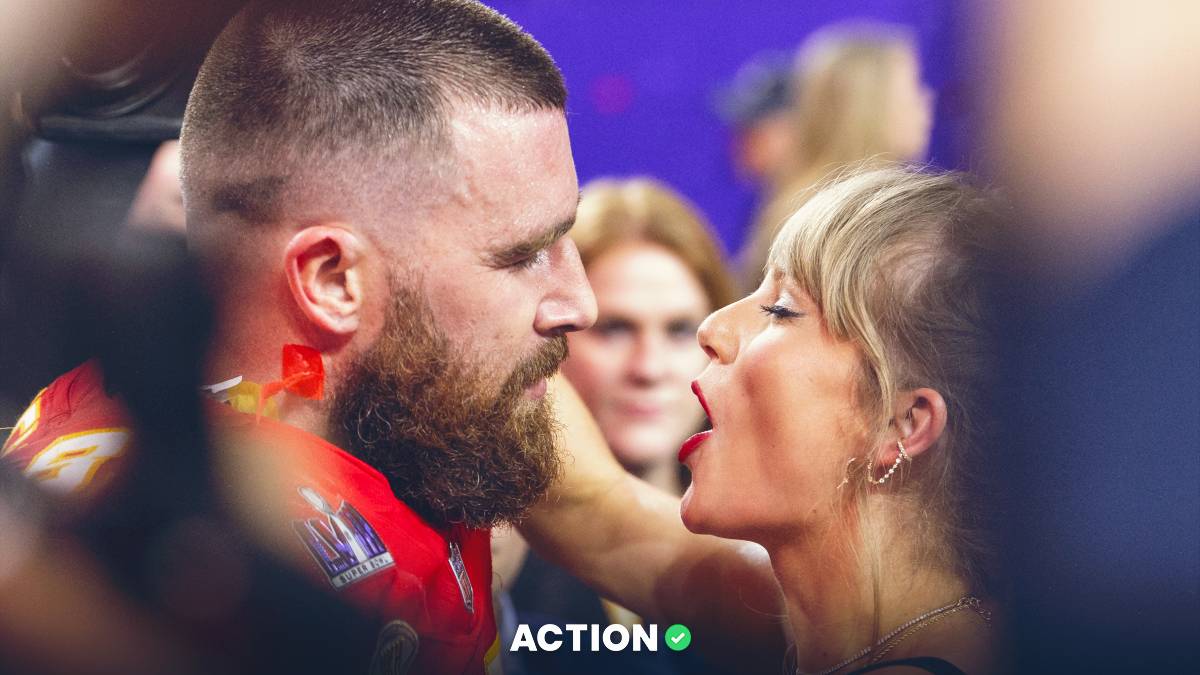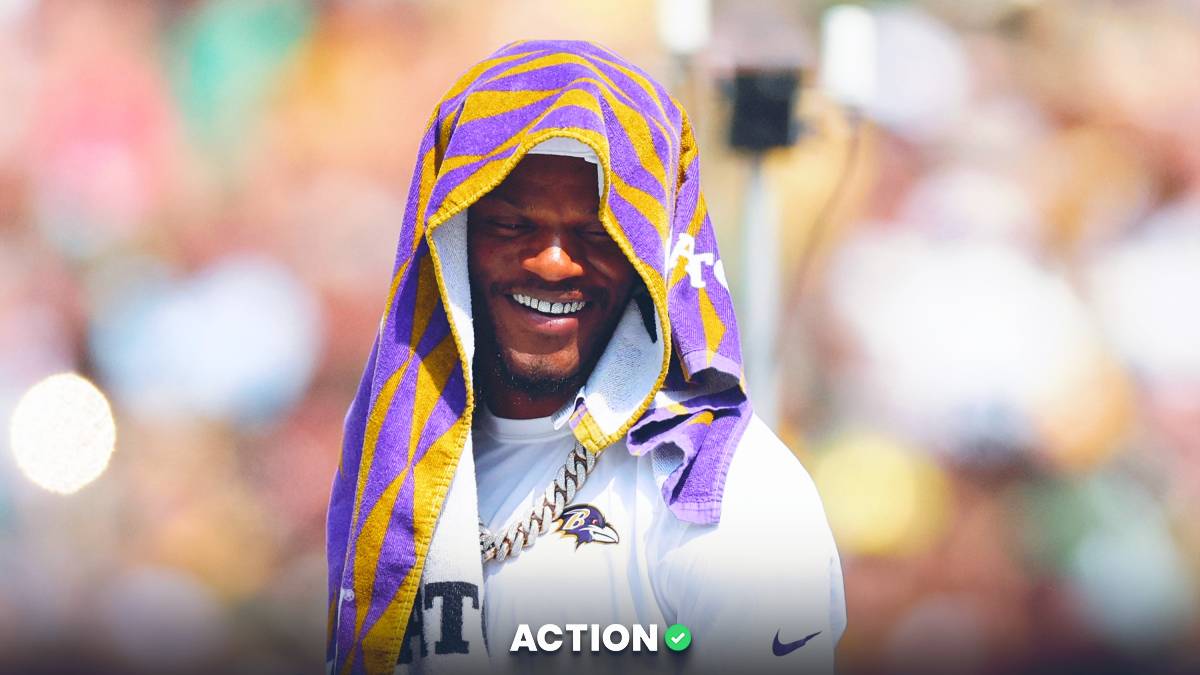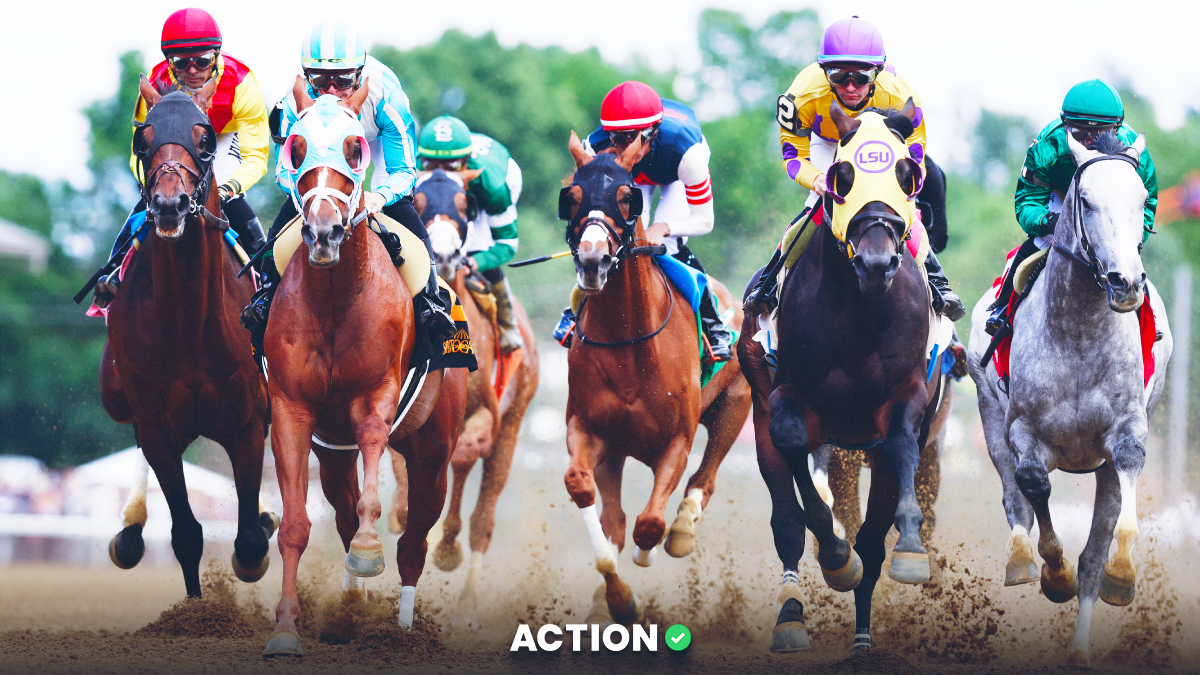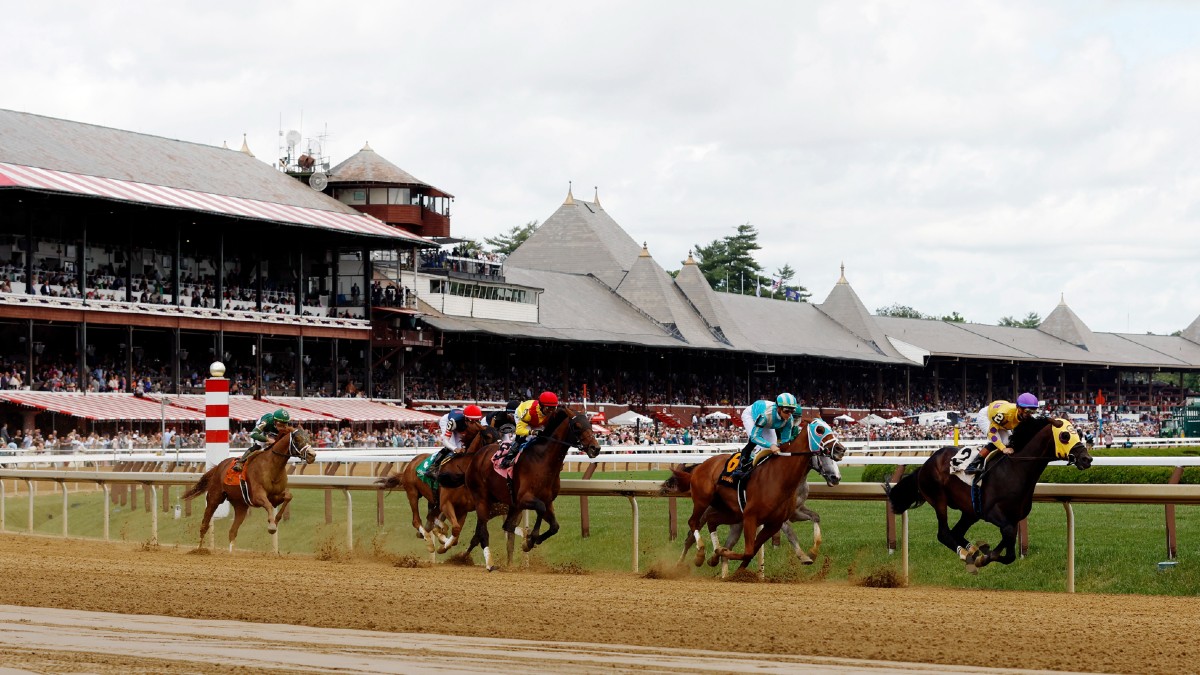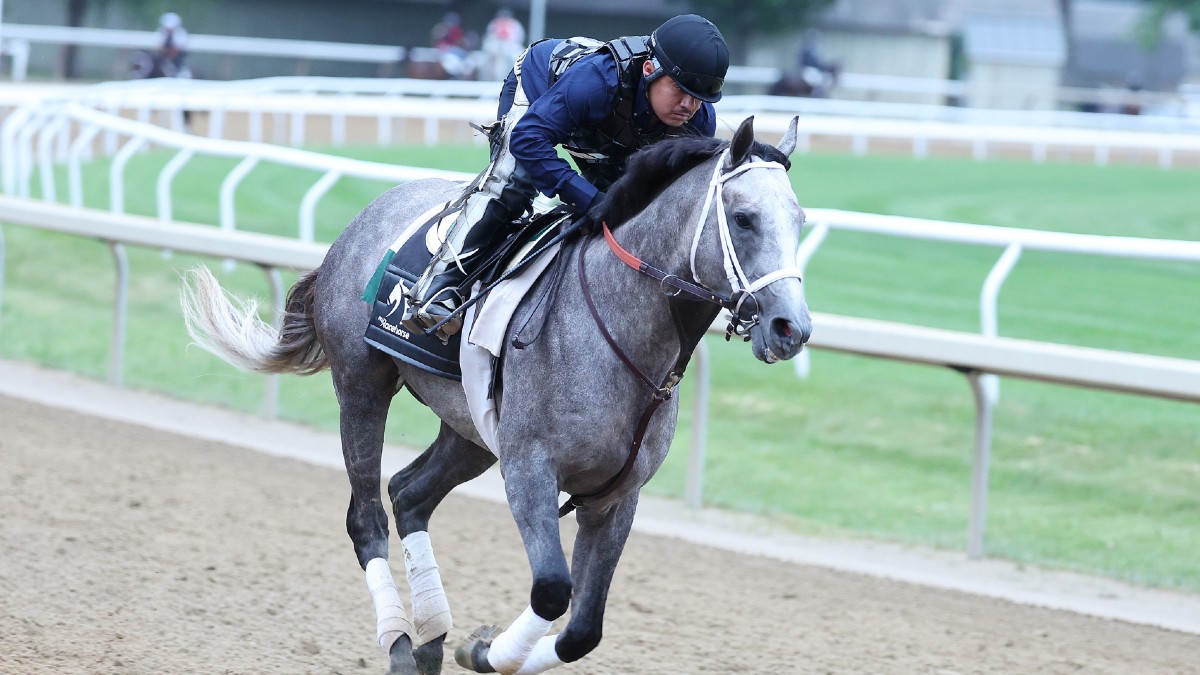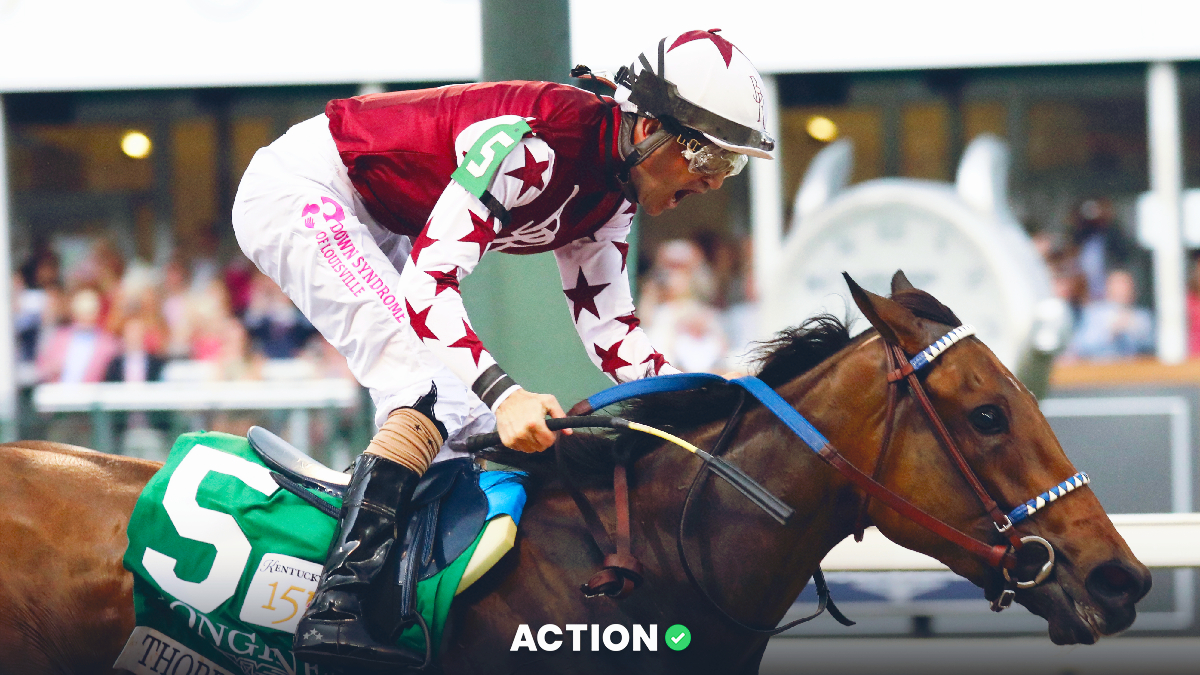When the economic indicators on thoroughbred racing were released by Equibase this week, there was one number that leapt off the page. Average wagering per day was up 176% this month when compared to last April.
Yes, in a month where there were virtually no American sporting events, horse racing was front-and-center and the tracks that didn’t close, like Gulfstream and Oaklawn, did an average of $7.5 million in handle, up from $2.7 million this time last year.
Total wagering, which includes the numbers from all the tracks that are closed due to the pandemic, was down 24.4% year over year, but considering that race days were down 72% and some of April's biggest races were canceled, it’s an incredible win for horse racing.
“It was similar to the 20s and 30s, when horse racing was the only game in town,” said New York Racing Association chief revenue officer Tony Allevato. NYRA canceled its horse races, but it has had a steady stream of business thanks to New Yorkers betting through its NYRA Bets platform.
LIMITED-TIME OFFER! Bet $300, Lose Nothing: Get your first horse racing bet 100% risk-free at TVG this weekend.
Allevato told The Action Network that what is most encouraging was how the absence of other sports seemingly brought new bettors to the game. NYRA Bets offered a free $20 bet to introduce new users to the app and, more importantly, the ponies.
“We had hoped to get 20 percent of the people who accepted the offer to come back and actually deposit money,” Allevato said. “We saw that 79 percent did.”
One player who might have not been new to horse racing but was a new customer for NYRA Bets, opened an account, deposited $400 and won $500,000.
Allevato said NYRA has done its part to simplify horse racing for its TV shows on FS1, knowing a new consumer is coming in. One of the main barriers between turning casual sports bettors into railbirds is that there is a steep learning curve for new horseplayers. There's a glossary of horse racing terminology. The payouts and bet types are different. It's a problem that people inside horse racing have long struggled with and now, with an influx of new punters paying attention, is as good a time as any to re-evaluate how thoroughbred racing is covered and talked about on TV.
“Do we really need to say sire dam instead of mother and father?” he said. “Should we be using the word ‘maiden’?”
Now the question becomes whether or not horse racing will continue its momentum when other sports come back. The good news is that more tracks, including Churchill Downs, are supposed to open back up this month and that will help to continue to drive the numbers up.
Insiders are mum on what the strategy is to try and keep the new horseplayers, but sources told The Action Network that plans are in place for massive social and digital campaigns focused on retention over the next couple months.


